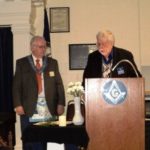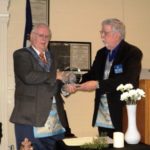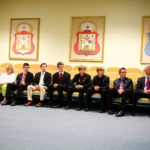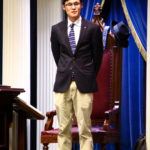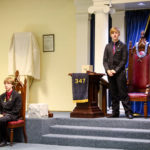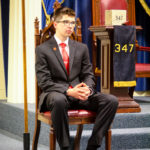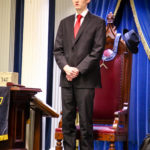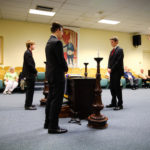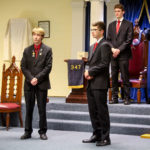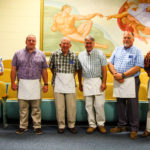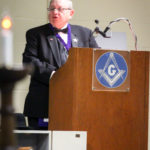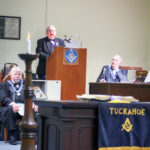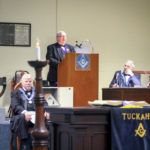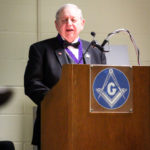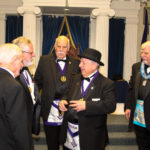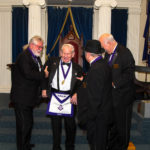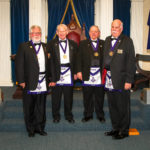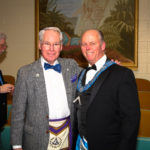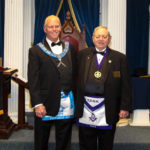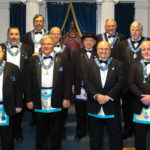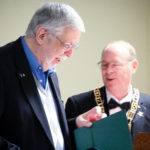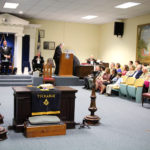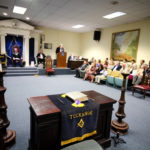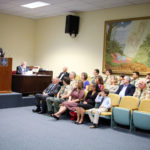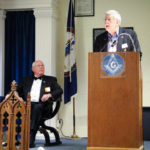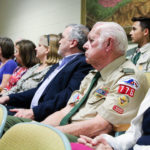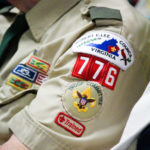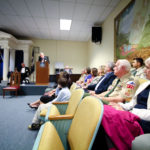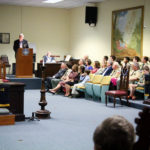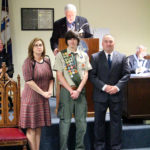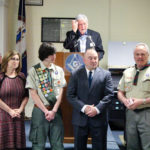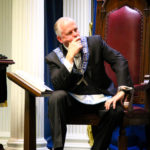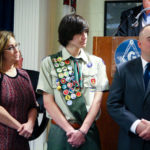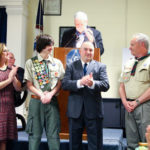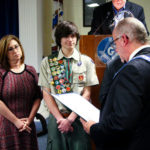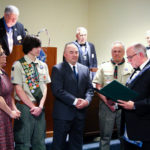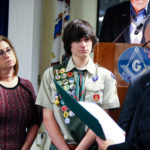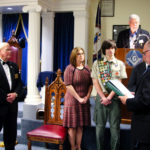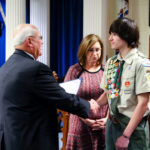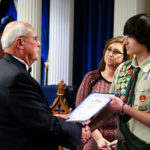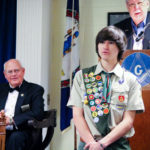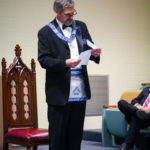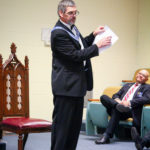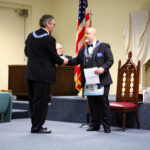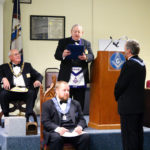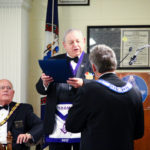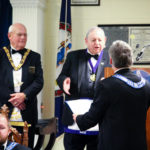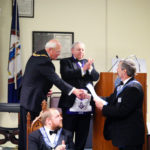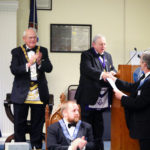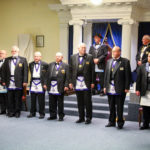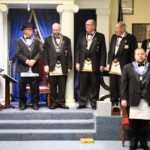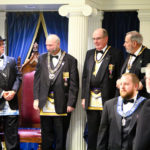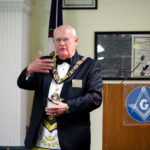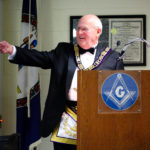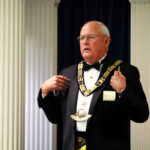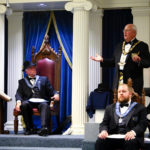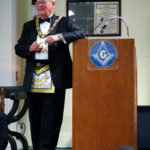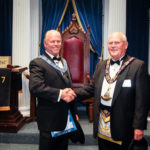Posted by Ben
2017 J. Ned Culler Award
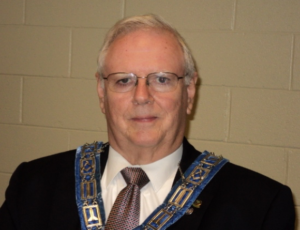
The 2017 J. Ned Culler Award for Masonic Excellence was awarded to Wor. Gerald Wayne Boswell.
Click here to read the whole story…
Read MorePosted by Ben
Some things you may not know about Freemasonry
Freemasonry is not a religion.
Freemasonry perhaps has the look of a religion. You think of religion as ritual, there’s also this ritual element. But there are no priests; there are no ministers, rabbis, no system of clergy of any sort. Everybody’s their own thinker. There are certain subjects that are not open for discussion within the lodge. Religion is one, politics is the other.
Atheists are not welcome.
Freemasonry is not a religion but agnostics or atheists cannot belong. A belief in a Supreme Being is necessary. So could an atheist join? The reason we want somebody that has a belief in a supreme being is because we take certain obligations to be a good man, to support the fraternity and the community. If you don’t have a belief in a supreme being, the obligation would be meaningless.
Most of the Founding Fathers were NOT Freemasons.
Two of America’s earliest presidents, George Washington and James Monroe, were Freemasons, as were Benjamin Franklin, John Hancock and Paul Revere. But many leading figures in the American Revolution — including John and Samuel Adams, Thomas Jefferson, James Madison and Thomas Paine — were not Masons. Of the 56 men who signed the Declaration of Independence, only nine were confirmed Masons, and of the 39 delegates of the Continental Congress who signed the draft of our nation’s Constitution in 1787, only 13 (one-third) were Freemasons.
There are NO secret Masonic symbols on the U.S. dollar bill.
The back of the dollar bill features an incomplete pyramid with an ‘all seeing eye’ on top of it. Many people say it’s a Masonic symbol, but that’s not the case. These symbols have been used by many different groups, including Masons, throughout history.
The Shriners are Freemasons.
The Shriners (known formally as the Ancient Arabic Order Nobles of the Mystic Shrine) the charity organization best known in the popular mind for driving tiny cars in parades are an off-shoot of Freemasonry. They support 22 children’s hospitals where patients don’t pay a cent for medical care and Doctor’s services.
The secret Masonic password originated as a job tool.
Masonry began as a guild for stone masons who built the castles, cathedrals, and public buildings of Medieval Europe. If you were a baker, a miller, a brewer, you could spend your entire life in one village practicing your trade. If you were a mason, after they repaired the church or built the town hall, there might not be any mason work in that town for decades, so you had to move on to another jobsite.
Back then, you as a tradesman were most likely illiterate; perhaps the officers of the lodge were also illiterate. That’s why the ‘Masons word’ came into effect. It allowed the craftsmen to move from one jobsite to another and identify themselves as being part of the trade union. There is evidence in Scotland going back to the early 1600’s that the Masons’ word existed. That was how you as a Mason in Edinburgh could identify yourself to a Mason in Lancashire that you were a member of the guild and could have work. Are there secret handshakes? Oh, secret handshakes, of course. What’s the point of having a password if you don’t have a handshake?
Read MorePosted by Ben
Westhampton Chapter De Molay present the “4th Section” at Tuckahoe Lodge
Westhampton Chapter De Molay present the “4th Section” of the DeMolay degree to Tuckahoe’s members and guests.
- Summer time plaid.

